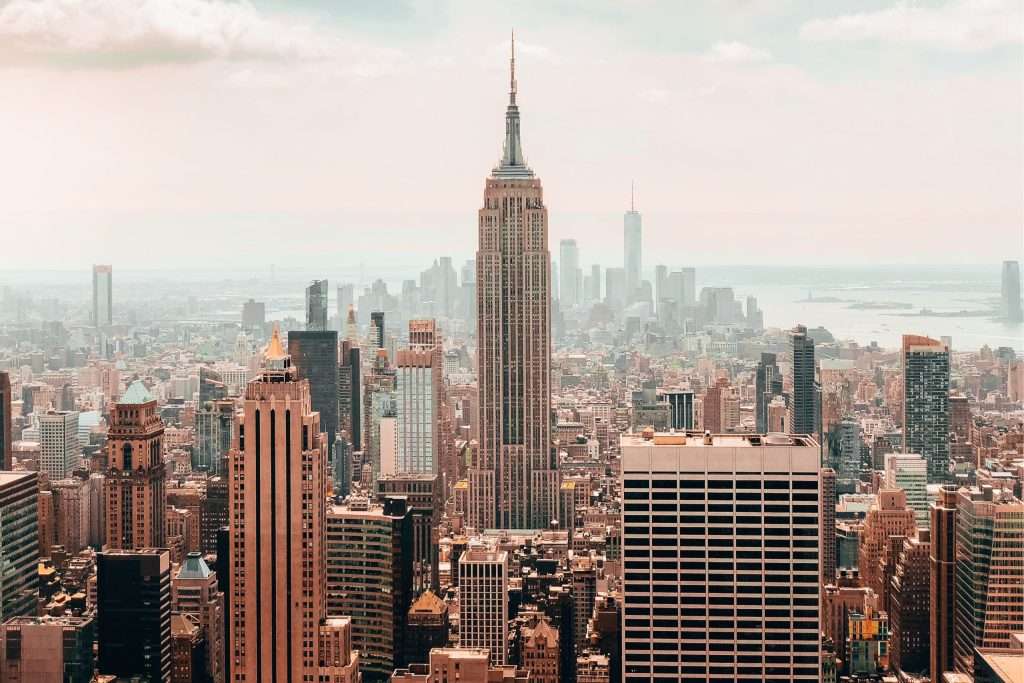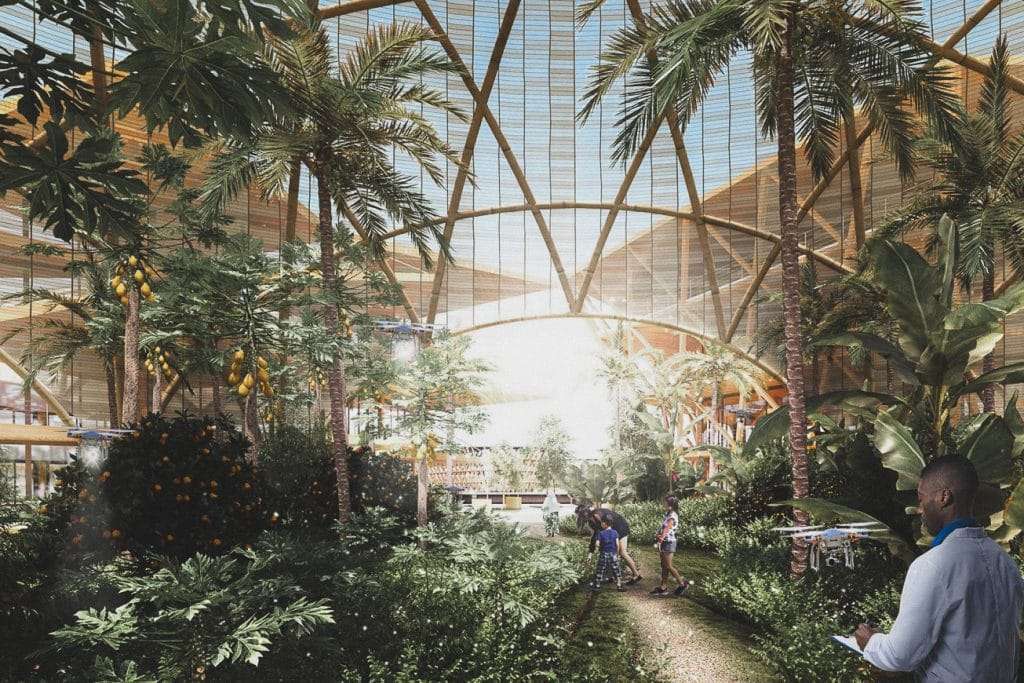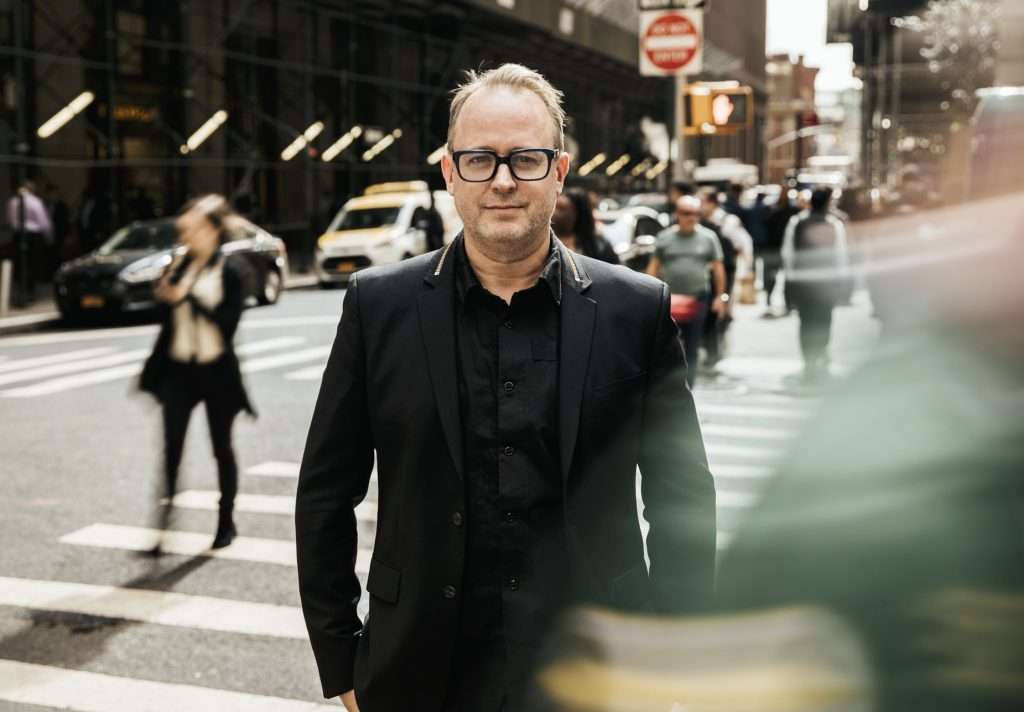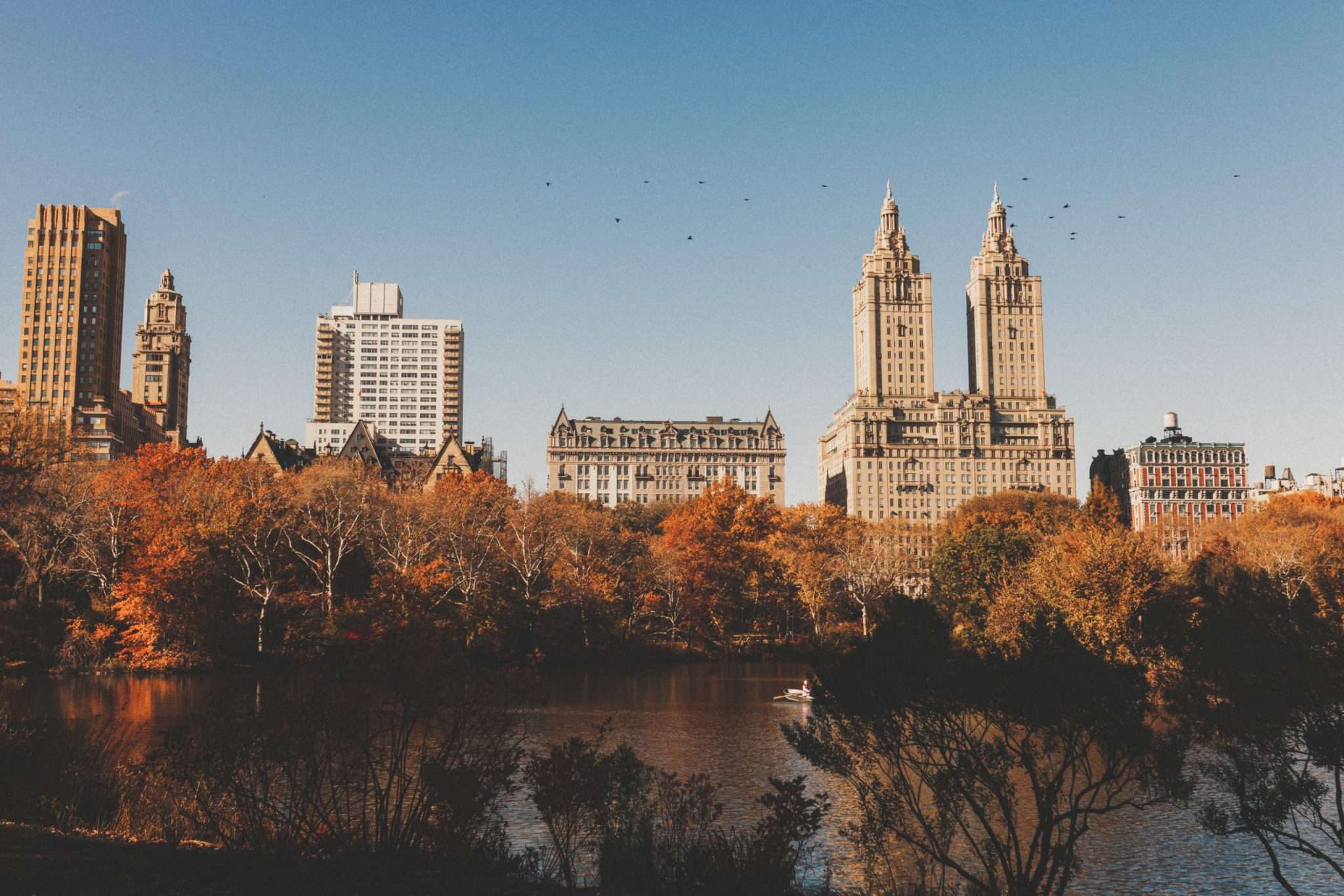By learning from past mistakes, we can create eco-friendly cities that prioritize the well-being of both people and the environment.
In the pursuit of progress, cities have often been designed without considering the impact they would have on the environment. Throughout history, as civilizations grew, city planning focused on accommodating increasing populations, economic development, and social needs. Unfortunately, the consequences of this neglectful approach to urban design have become apparent in the form of environmental degradation, air pollution, and an overall deterioration of our natural surroundings.
Cities of the past demonstrated a clear disregard for the environment, but modern urban planning and design have recognized the imperative of incorporating sustainable practices. Today, there is a growing movement towards city planning that reduces our carbon footprint through green infrastructure, active transportation, renewable energy, and inclusive public spaces.
Historical neglect: cities of the past and the environment
During the industrialization era, rapid urban expansion became synonymous with progress. As industries flourished and populations grew, city planners prioritized infrastructure development and housing construction to accommodate rising numbers. This approach often led to haphazard urban growth, with little thought given to existing ecosystems, natural resources, or sustainable practices.
Cities of the past were often built without regard for the natural systems that had long sustained the land. Wetlands were drained, rivers were diverted or channelized, and forests were cleared without considering the ecological functions they provided. These actions disrupted natural processes, such as water purification, soil stabilization, and wildlife habitat creation, leading to long-term ecological imbalances.

Additionally, increased reliance on concrete and other non-porous materials in construction has had detrimental effects on urban environments. Traditional stormwater management systems were often inadequate, increasing flooding, erosion, and water pollution. The lack of green spaces and tree coverage also exacerbated the urban heat island effect, contributing to higher temperatures and reduced air quality.
Cities of the past lacked a comprehensive understanding of the relationship between urban planning and public health. As a result, industrial and residential areas were often intertwined, exposing residents to hazardous pollutants and unhealthy living conditions. Waste management was frequently neglected, leading to polluted water sources and disease outbreaks.
The aesthetic value of nature was also often disregarded in city planning and urban design. Green spaces, parks, and gardens were seen as luxuries — rather than necessities — causing citizens to be deprived of the mental and physical health benefits associated with exposure to nature, including stress reduction, improved well-being, and increased community cohesion.
A paradigm shift towards sustainable urban design
As our cities continue to expand, it becomes increasingly important to prioritize sustainable urban planning. By reducing our urban footprint, we can create more environmentally friendly, socially inclusive, and economically vibrant cities.
One of the most effective ways to reduce our urban footprint is to promote compact and mixed-use development. This approach encourages the integration of different land uses within a relatively small area, decreasing the need for long commutes and excessive infrastructure expansion. By creating walkable neighborhoods with a mix of residential, commercial, and recreational spaces, we can minimize the distance between homes, workplaces, and amenities.
To further reduce our urban footprint, it is essential to prioritize the development of efficient public transportation systems and promote active mobility options such as walking and cycling. By encouraging residents to rely less on private cars, we can reduce congestion, air pollution, and the need for expansive road networks. Designing streets and infrastructure that are accessible, safe, and comfortable for pedestrians and cyclists will contribute to a more sustainable urban environment.

Integrating green spaces into urban planning is crucial for reducing our urban footprint. Parks, gardens, and urban forests not only improve the aesthetic appeal of cities but also provide numerous ecological benefits such as mitigating heat island effects, supporting biodiversity, improving air quality, and providing recreational opportunities for residents.
Buildings account for significant urban energy consumption and greenhouse gas emissions, which is why promoting energy-efficient building designs and incorporating renewable energy sources is vital in reducing our urban footprint. Implementing green building practices such as proper insulation, efficient heating and cooling systems, and using renewable energy technologies like solar panels can significantly decrease energy consumption and carbon emissions.
The future of urban planning lies in creating sustainable cities that are environmentally responsible, socially inclusive, and economically prosperous. Reducing our urban footprint requires a holistic and integrated approach to urban planning. By embracing compact development, prioritizing public transportation, preserving green spaces, promoting energy-efficient buildings, and encouraging sustainable consumption practices, we can create cities that are environmentally friendly, vibrant, and livable for everyone.
The neglectful approach to city planning in the past, with a disregard for the environment, has left a lasting impact on our urban landscapes. However, the lessons learned from these mistakes have paved the way for a more environmentally conscious and sustainable future.
By designing cities that promote a healthy coexistence between humans and nature, we can shape vibrant urban environments that prioritize the well-being of current and future generations. Together, we can build a sustainable urban future.

Steven Cornwell is the Global Director of ERA-co. Over the course of 20 years, Steven has garnered an international reputation for developing leading brands from a broad range of sectors including real estate, place, culture, consumer retail, media, transit & infrastructure, and professional services. ERA-co is a global place brand specializing in data science, research and insight, user strategy, urban systems, and brand experience.


